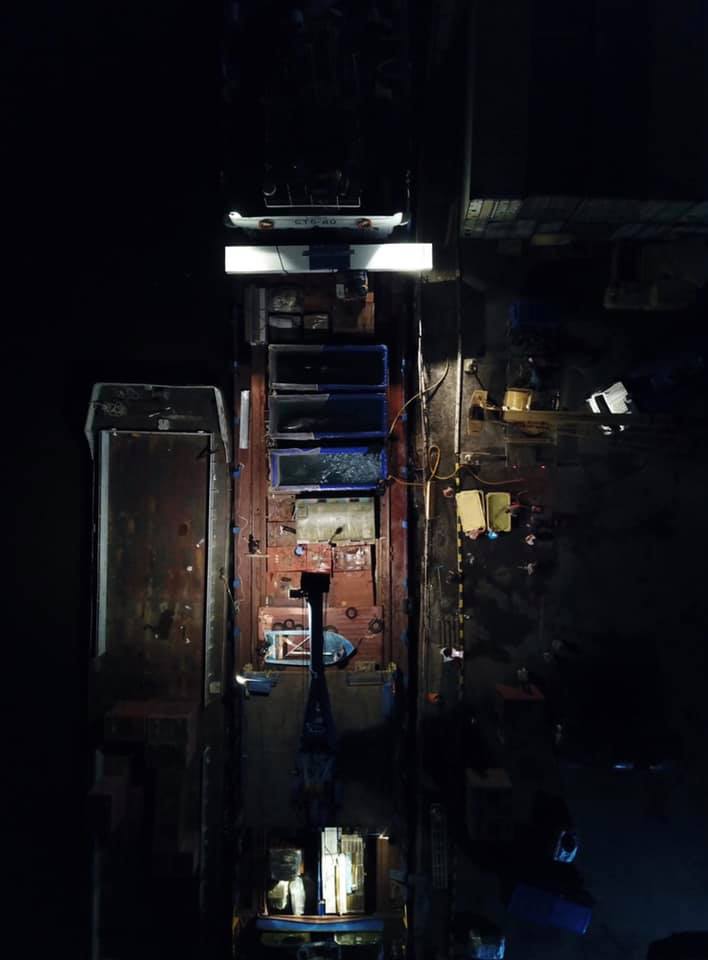Update from Greenpeace Russia
Third stage of the release of animals from the whale jail has begun on Thursday August 1st
10.10.2019For the first time a video from a barge at the time of transportation was published
10.10.2019Update from Greenpeace Russia
August 3, 2019
Three killer whales from the “whale jail” were loaded onto a barge yesterday in the port of Khabarovsk. Greenpeace was following the killer whales from Srednyaya and monitored the loading.
The trucks with animals were accompanied by traffic police vehicles. The entire drive from Srednyaya Bay to Khabarovsk took almost 16 hours. Heat on the road reached +28C. Killer whales were in containers inside the trucks.
Killer whales arrived at the port in the middle of the day and stood there before loading began on Friday evening. In Khabarovsk the weather wasn’t that wet and heavy heat, as in Vladivostok, and after arrival the tents were removed from the trucks, the trucks were driven into the shade. But the water in containers warmed up to +20C which is uncomfortable for them. VNIRO prepared ice for such situations.
Trucks stood apart at short distances. Almost constantly, the orcas made short vocalizations. We were told that this is how they communicate with each other.
At loading, the water was changed to salty and cool water with a temperature of about +12C. Containers were placed one after another on the deck of the barge, which at midnight set off down the Amur. For two days the barge will sail along the river to the Innokentyevka village, where the animals will be reloaded onto trucks again. And again will go on the road.
We were not allowed to take pictures and video on the whole process. Although we were very insistent.
In Khabarovsk, our team had a chance to meet with representatives of the capture company, which for so long did not want to give away the animals.
According to the capture companies the secrecy around the transportation operation and the prevention of independent observers are needed so that no one can steal and repeat the their technology of loading and transporting killer whales. Captors are sure that current events are temporary difficulties, and after that they will continue their business. They are convinced that the ban on captures will not be made into law.
Now three killer whales are going to freedom – two females, a small and an adult, and an adult male. The cold reception of Greenpeace team in the Khabarovsk heat is nothing compared to the stress experienced by killer whales. As one of our team members said later in the evening: “The creak of doors around I now hear as screams of killer whales.”
The main news is good – orcas are moving towards freedom and we are following them.




